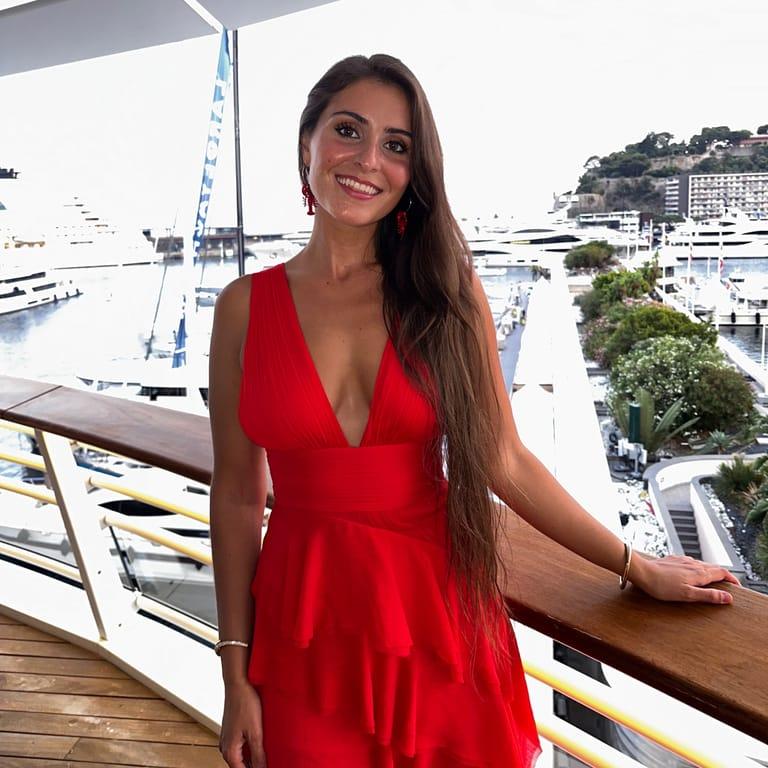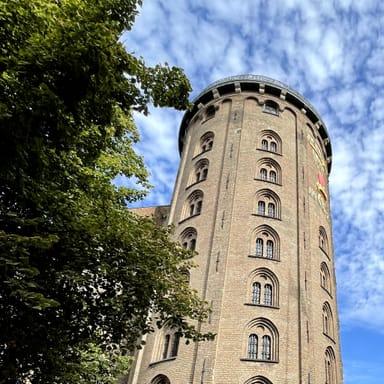Nestled at Nørregade 8 in the lively city center of København K, Denmark, the Church of Our Lady (Vor Frue Kirke) stands as a remarkable testament to neoclassical architecture and spiritual heritage. This cathedral, designed by the famed architect Christian Frederik Hansen and completed in 1829, captivates visitors with its simple yet grand style that contrasts with more ornate European cathedrals. Its brick construction and dignified facade conceal an interior filled with profound artistry and serene ambiance.
Step inside to encounter the extraordinary sculptures by Bertel Thorvaldsen, including the iconic statue of Christ with outstretched arms, affectionately known as Thorvaldsen’s Christ. Surrounding the pews, you will find beautiful statues of the apostles, creating a sacred and contemplative space. Visitors often praise the church's warm lighting and spacious simplicity, which perfectly complements the modern design of the pipe organ — a sublime auditory experience when in use. The fusion of classical artistry and contemporary worship settings makes this cathedral a must-see for art lovers, history enthusiasts, and spiritual seekers alike.
The Church of Our Lady has stood on this site since the 12th century, witnessing centuries of Copenhagen’s evolution. It has endured multiple reconstructions due to fires and wartime destruction, with the current neoclassical structure embodying resilience and renewal. Once a Catholic stronghold, it embraced Lutheranism in the 16th century, reflecting the city’s religious transformation. The church also served educational purposes historically, housing a Latin school during the Reformation era. Its vibrant past enriches the visitor’s experience, making each visit a journey through time and faith.
Visitors consistently highlight the church’s tranquil atmosphere, stunning sculptures, and the impressive play of light within its walls. The combination of historic gravitas and approachable serenity draws a diverse crowd—from dedicated art aficionados admiring Thorvaldsen’s works to locals and tourists seeking moments of peace. The church’s openness and free entry encourage exploration and reflection, while the occasional organ music practice elevates the spiritual ambiance.
- What are the opening hours of the Church of Our Lady? The church is open daily from 8:00 AM to 5:00 PM. On Thursdays, Fridays, and Sundays, it also hosts evening services from 8:00 PM to 11:00 PM.
- Is there an entry fee to visit the church? Entry to the church is free, but donations are welcome.
- Are there any special events held at the church? Yes, the church hosts 'Night Church' services featuring various forms of contemporary worship, including prayer, music, and workshops, all in candlelight. The program varies; it's advisable to check the church's website for the latest schedule.
Nestled in the heart of København K, the Church of Our Lady, or Vor Frue Kirke, stands as a majestic symbol of Danish heritage and neoclassical architecture. This cathedral, designed by renowned architect Christian Frederik Hansen and completed in 1829, has a captivating history that spans centuries, reflecting the religious and cultural evolution of Denmark's capital.
The origins of the Church of Our Lady trace back to 1187 when the original church was constructed under the guidance of Bishop Absalon. This initial structure marked the beginning of a sacred site that would witness multiple rebuilds and transformations. In 1314, after a devastating fire, the church was rebuilt in the striking Gothic style that characterized medieval ecclesiastical architecture, asserting its importance as a spiritual center in Copenhagen.
The year 1530 was pivotal, as the church embraced Lutheranism amid the Protestant Reformation sweeping across Europe. This period was tumultuous; the church, once a bastion of Catholicism, became a symbol of religious change. The local community's fervent support for Martin Luther's teachings led to significant alterations in the church's role and identity, reshaping its spiritual mission to align with the new Lutheran Order.
Tragedy struck in 1807 when the church was destroyed during the British bombardment of Copenhagen, leaving the community without its cherished place of worship. Rising from the ashes, the church was meticulously rebuilt in the elegant neoclassical style by Christian Frederik Hansen, culminating in 1829. This architectural masterpiece features characteristic brick materials, a stately portico with columns and pediment, and a blend of historical elements from previous structures, symbolizing resilience and renewal.
Beyond its architectural splendor, the Church of Our Lady remains a vibrant cultural landmark. It houses the extraordinary sculptures of Jesus Christ and the twelve apostles by the famed artist Bertel Thorvaldsen, whose works enrich the church's interior with profound spiritual and artistic significance. In 2004, the church served as a royal venue for the wedding of Crown Prince Frederik and Mary Donaldson, highlighting its enduring stature in Denmark's national narrative.
- 1187 Original church built under Bishop Absalon.
- 1314 Church rebuilt in Gothic style after fire.
- 1530 Church became Lutheran during the Reformation.
- 1807 Destroyed during the British bombardment of Copenhagen.
- 1829 Reconstructed in neoclassical style by Christian Frederik Hansen.
- 2004 Wedding of Crown Prince Frederik and Mary Donaldson.
Located at Nørregade 8, 1165 København, Denmark, the Church of Our Lady (Vor Frue Kirke) is a stunning example of neoclassical architecture. Founded in 1829, this cathedral serves as the seat of the Lutheran diocese and is renowned for its extraordinary sculptures by Bertel Thorvaldsen. Visitors are often captivated by the church's serene atmosphere and rich history, making it a must-see landmark in Copenhagen.
- Free entry
- Historical significance
- Architectural heritage
- Cultural events
- Family friendly
- Limited opening hours
- Possible closure due to services
- No on-site parking
The Church of Our Lady is perfect for history enthusiasts, families, and those seeking a peaceful retreat in the city. It also serves as a venue for cultural events, making it a great spot for community engagement.
Visitors should check the schedule for services and events, as the church may close unexpectedly. Photography is allowed, so be sure to capture the stunning interior and sculptures. Public transport is easily accessible, making it convenient to reach.
The Church of Our Lady stands as a testament to Copenhagen's rich history and architectural beauty. Its blend of simplicity and grandeur, along with the captivating artistry of Thorvaldsen, makes it a worthwhile stop for anyone visiting the city.




